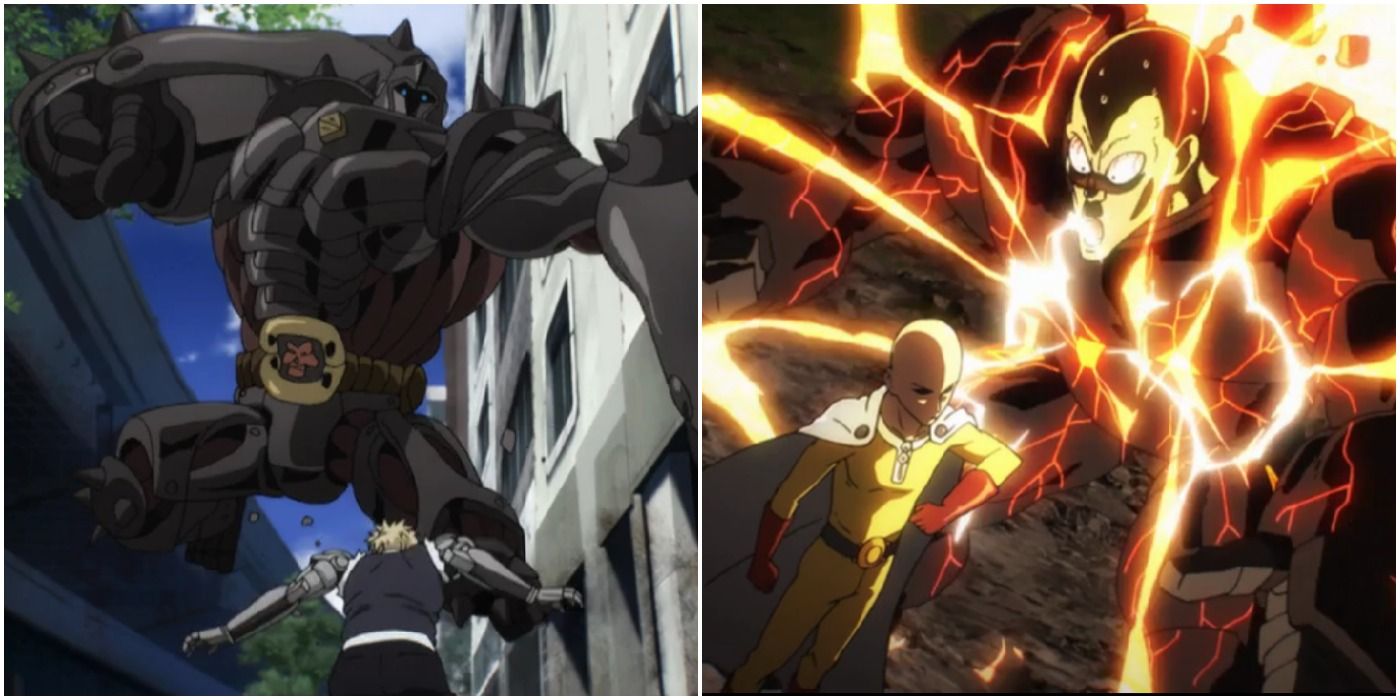

We shouldn’t just bemoan its animation, we should celebrate the growth of its narrative. One-Punch Man Season Two has beautifully expanded its character lineup and its setting, and along the way managed to solve some of its most difficult narrative problems from Season One. This is casting the series aside needlessly, while ignoring what we should be focusing on, which is how ably the show has evolved its premise and improved in other areas. However It bothers me, reading discussion of One-Punch Man Season Two online, to see that many viewers, and even fans of the series, seem to have written it off entirely because of the decline in its animation quality and detail. There simply wasn’t any way to reproduce those visuals to the same level a second time. It’s that it doesn’t have access to the extreme level of talent it had before. It’s not that Season Two of the show has been reduced in budget, then.

Anime fans who know far more about the subject than myself have pointed to Natsume’s departure as the primary reason for the visual decline of One-Punch Man, because when he left the series-for scheduling conflicts, it seems-he took many of those elite animators with him, people who may have been working for below industry standard pay in order to produce the best possible product. Shingo Natsume is an icon in Japanese animation, and he draws the best artists and animators into his gravitational field, because there’s prestige in working as part of his staff. Why is this? Fans are quick to point to the change of animation studios, but it’s the change of director that is likely more paramount.

I greedily devoured the first season, both in sub and dub format, in awe of the incredible animation and cool characters, before settling in for the long wait for Season Two.

But like so many others, One-Punch Man struck a chord with me. I am by no means any kind of anime expert, or even a very regular anime viewer outside of a handful of series. The always-present gag: Even in a world of superpowered beings, the goofy and rather boneheaded Saitama has become “too strong,” to the point where no enemy can threaten him, and all encounters end in “one punch,” much to his own dismay.įrom the start, I was also taken with the simplicity of the central conceit, being a clever satire on the very concept of “overpowered” anime characters and heroes. American audiences fell head-over-heels in love with the series, which centers around a “hero for fun” named Saitama who lives in a series of cities constantly under threat from various monster and alien invasions, and follows his journey to become an officially costumed (and popular) superhero. When the first season of Japanese webcomic-turned anime One-Punch Man made its debut on American shores back in 2016, it took the animation world by storm, packing a sense of raw strength and charisma to match its impossibly powerful protagonist.


 0 kommentar(er)
0 kommentar(er)
